Colombian Coffee
Featured Colombian Coffee
Colombia possesses a rare combination of geographical blessings that create an ideal environment for coffee cultivation. Nestled between the equator and 11° north latitude, Colombia's coffee regions benefit from a unique tropical climate moderated by impressive mountain ranges that create various microclimates across the country.
with a request body that specifies how to map the columns of your import file to the associated CRM properties in HubSpot.... In the request JSON, define the import file details, including mapping the spreadsheet's columns to HubSpot data. Your request JSON should include the following fields:... entry for each column.
with a request body that specifies how to map the columns of your import file to the associated CRM properties in HubSpot.... In the request JSON, define the import file details, including mapping the spreadsheet's columns to HubSpot data. Your request JSON should include the following fields:... entry for each column.
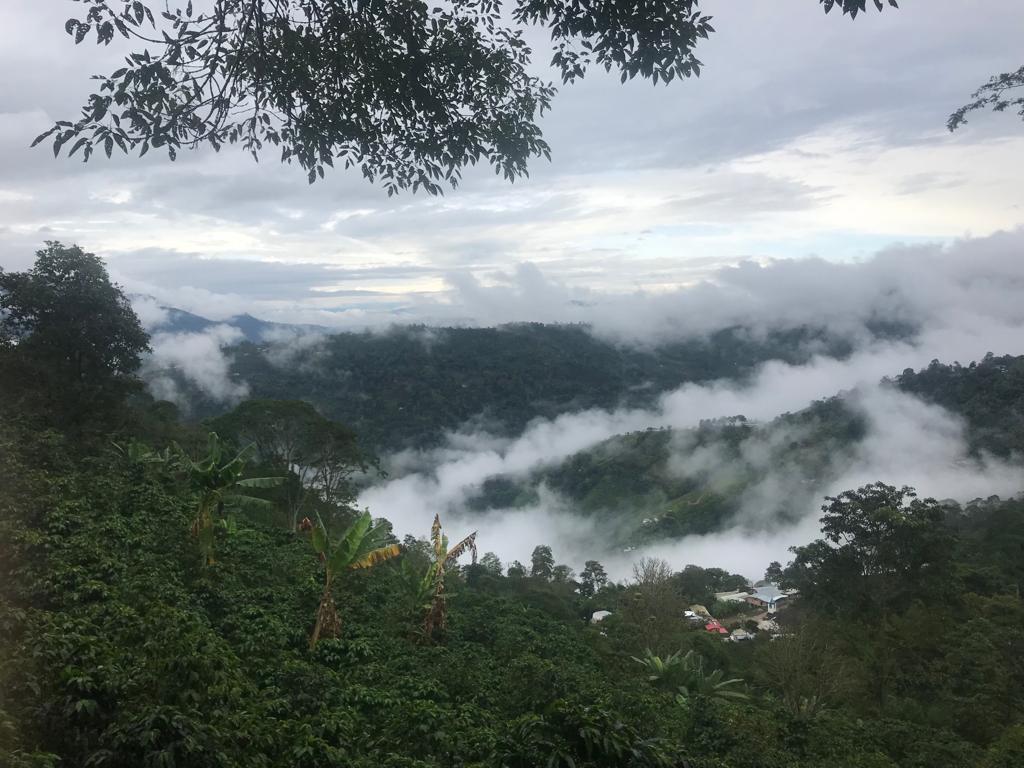
Connect
Trustworthy Coffee from Maniwa
We want to spotlight our friend William Ortiz Bermeo with Maniwa Coffee. “Our goal is to connect small producers with roasters where they can find a fair price, traceability, transparency and guarantee a long stable relationship on both sides. We focus on quality but not only about the coffee but also the quality of the communication and trust; that's our main value in Maniwa.”
Heading 1
with a request body that specifies how to map the columns of your import file to the associated CRM properties in HubSpot.... In the request JSON, define the import file details, including mapping the spreadsheet's columns to HubSpot data. Your request JSON should include the following fields:... entry for each column.
Heading 1
with a request body that specifies how to map the columns of your import file to the associated CRM properties in HubSpot.... In the request JSON, define the import file details, including mapping the spreadsheet's columns to HubSpot data. Your request JSON should include the following fields:... entry for each column.
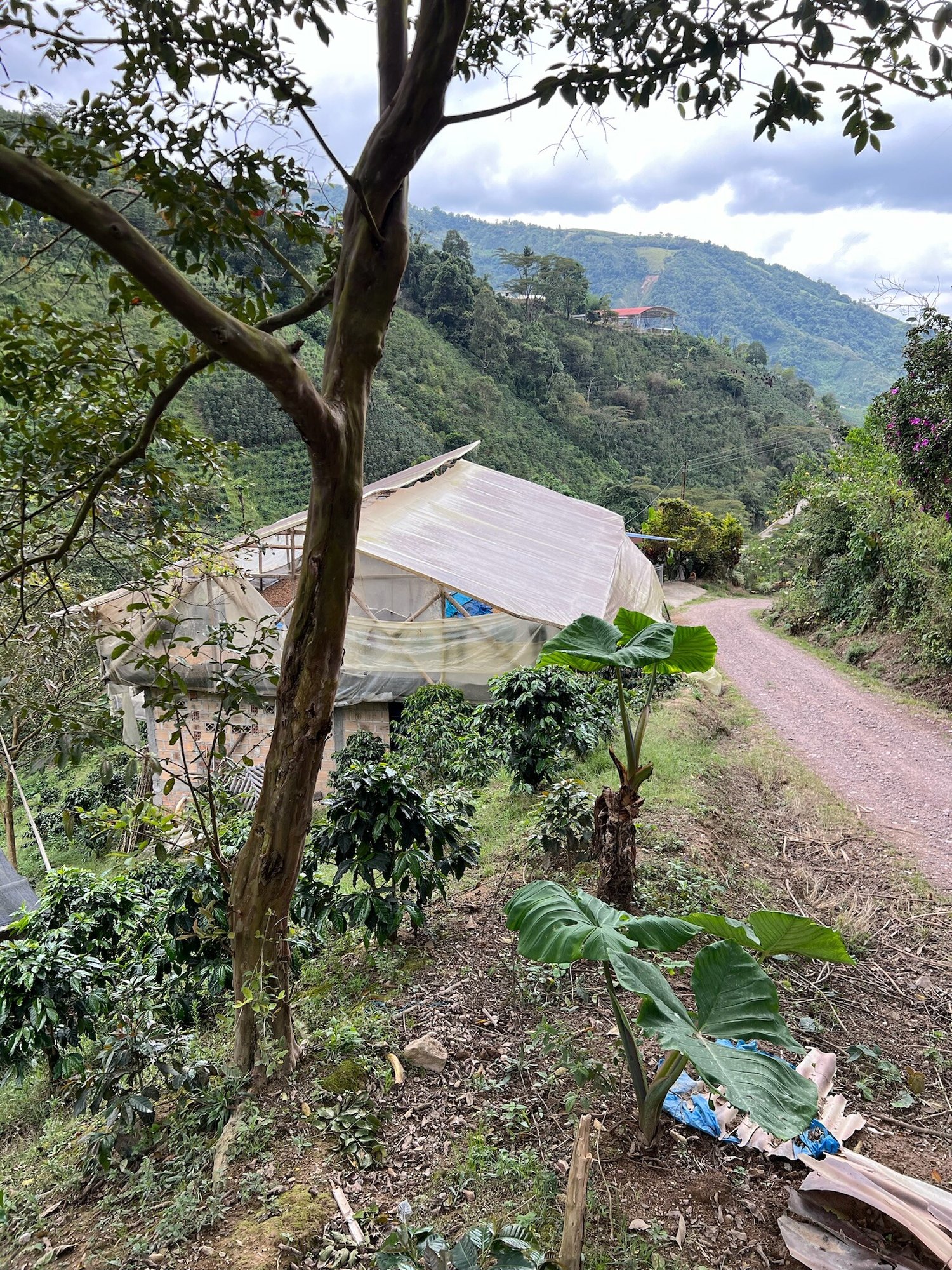

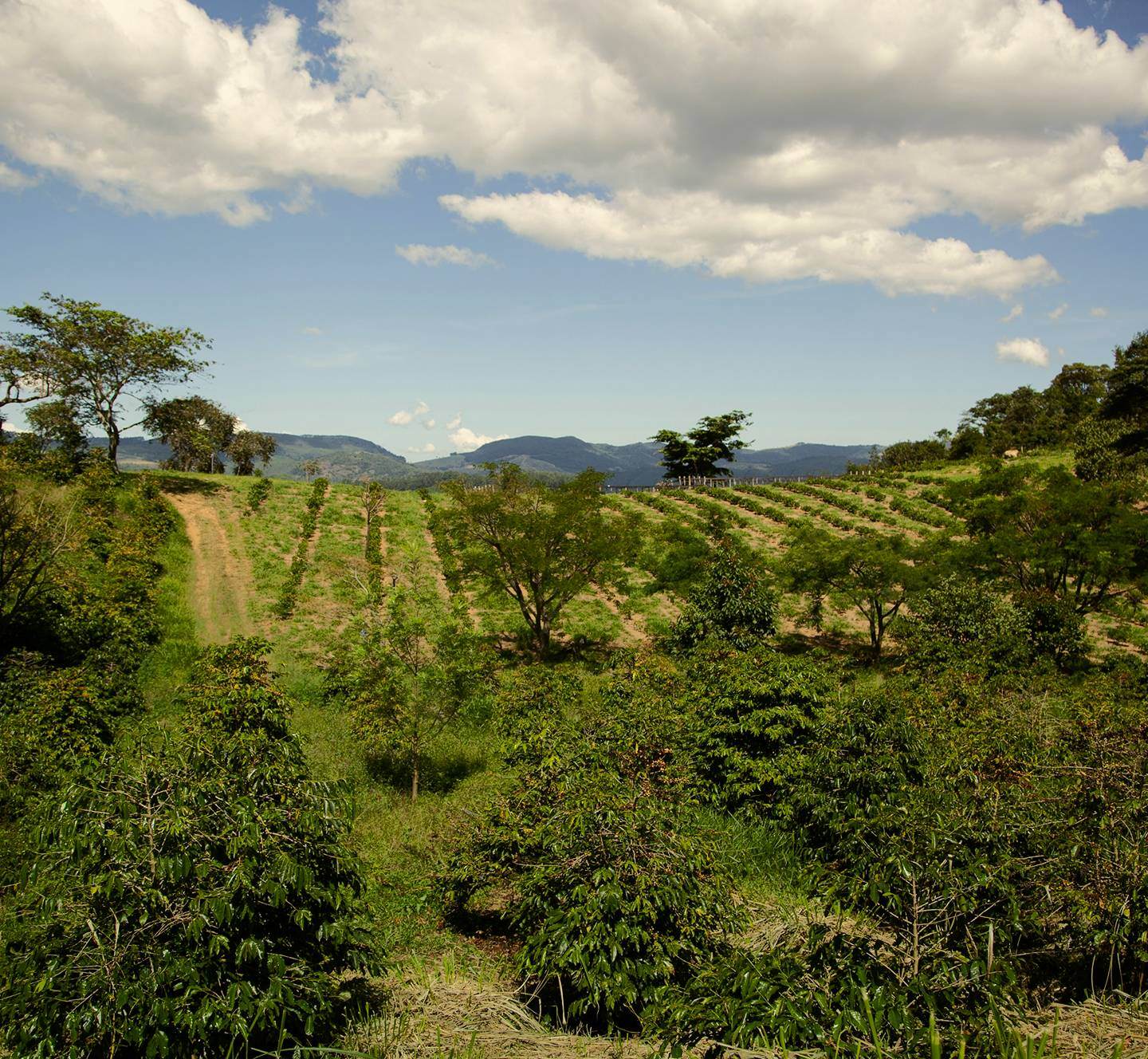
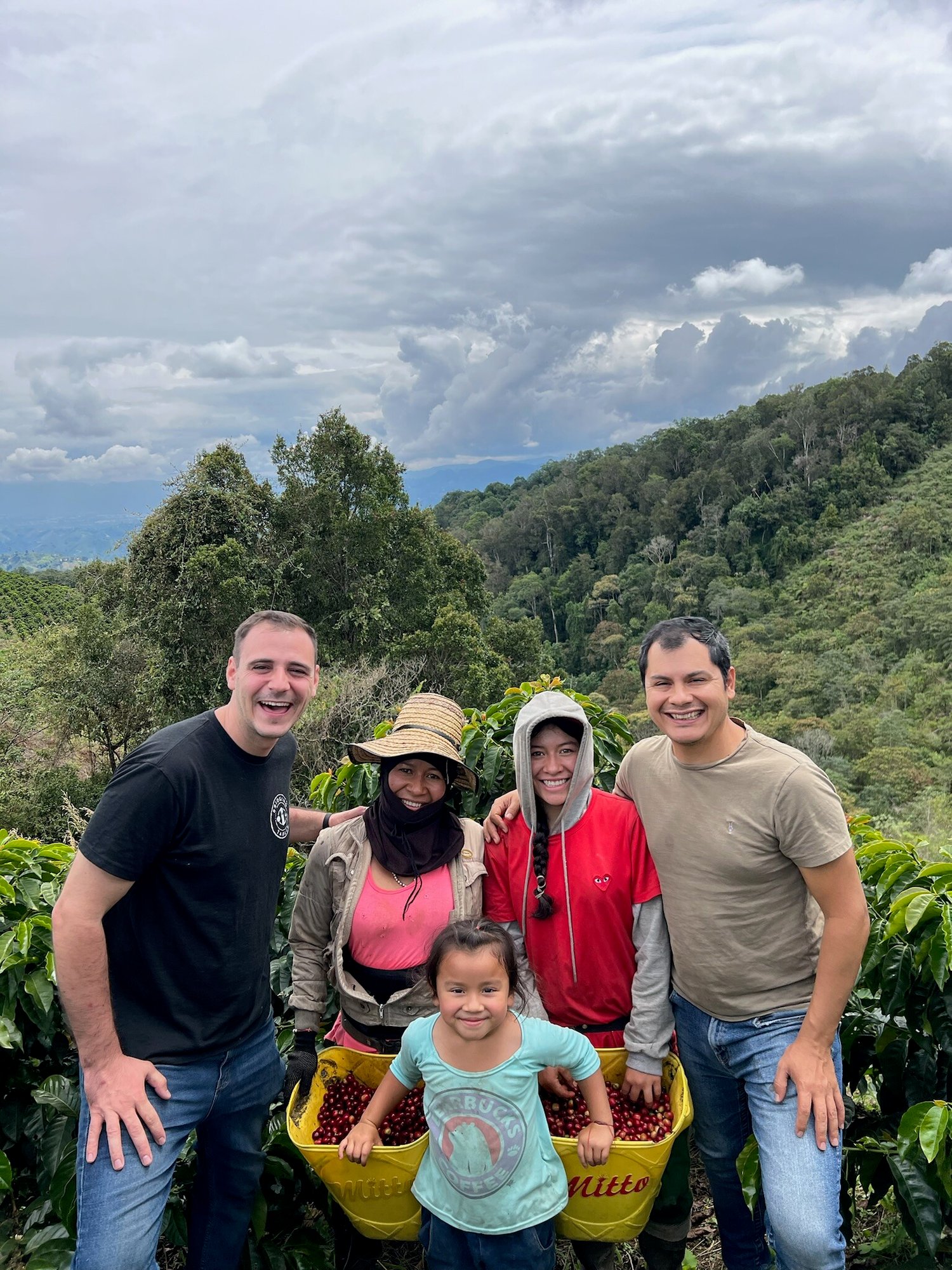
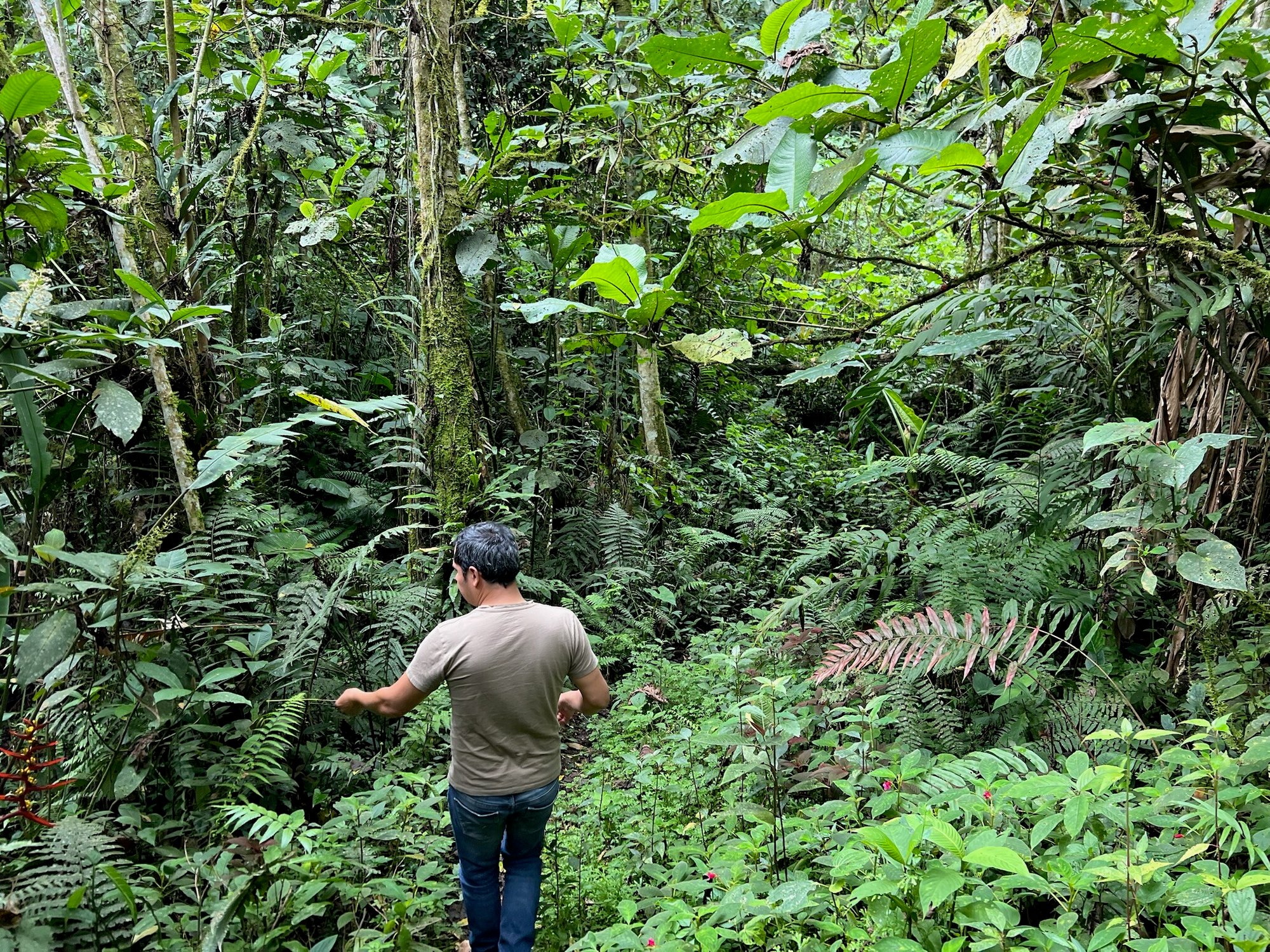
.jpg?width=2000&height=1500&name=IMG_2934%20(2).jpg)
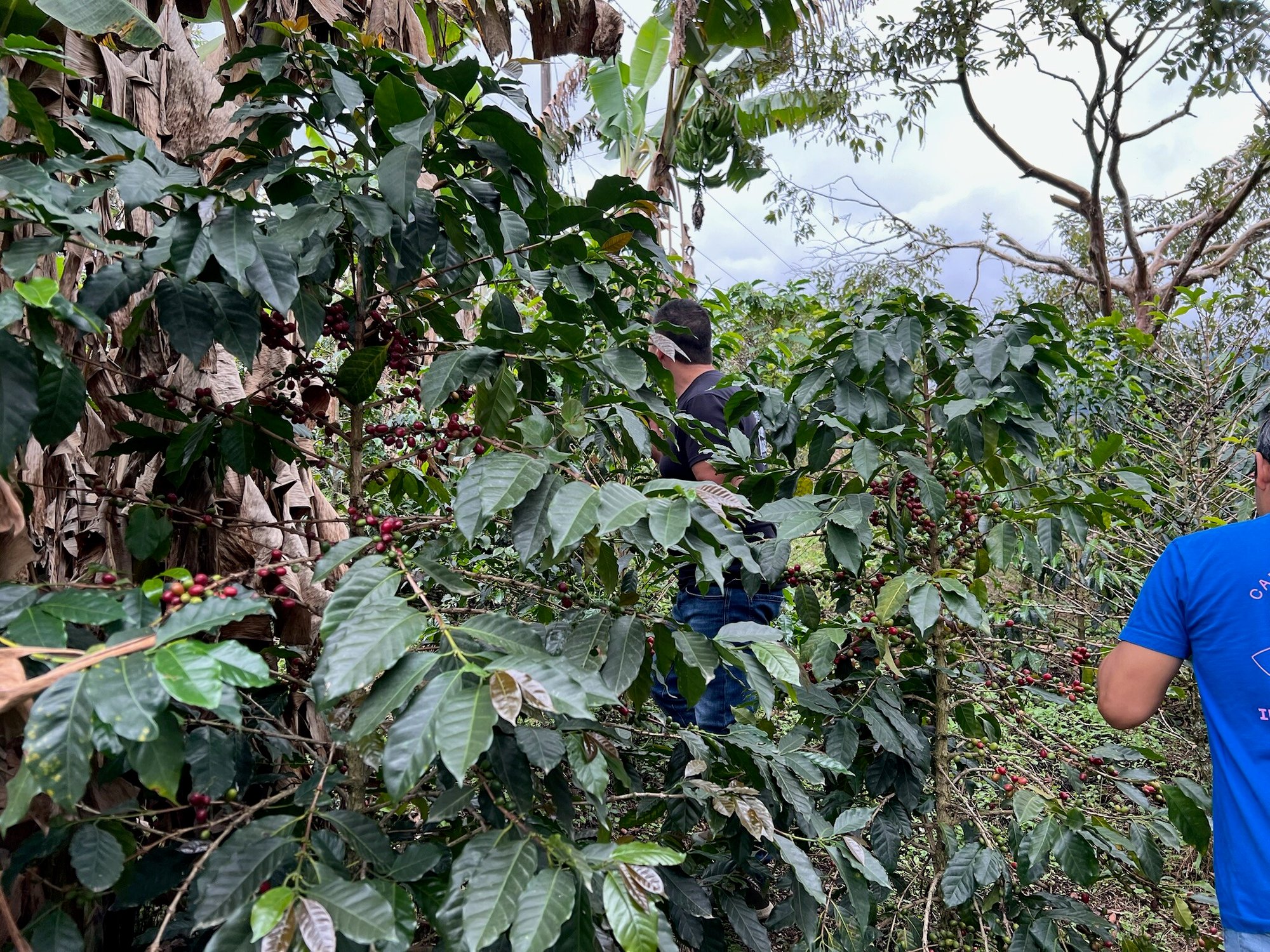
.jpg?width=2000&height=1500&name=IMG_3067%20(1).jpg)
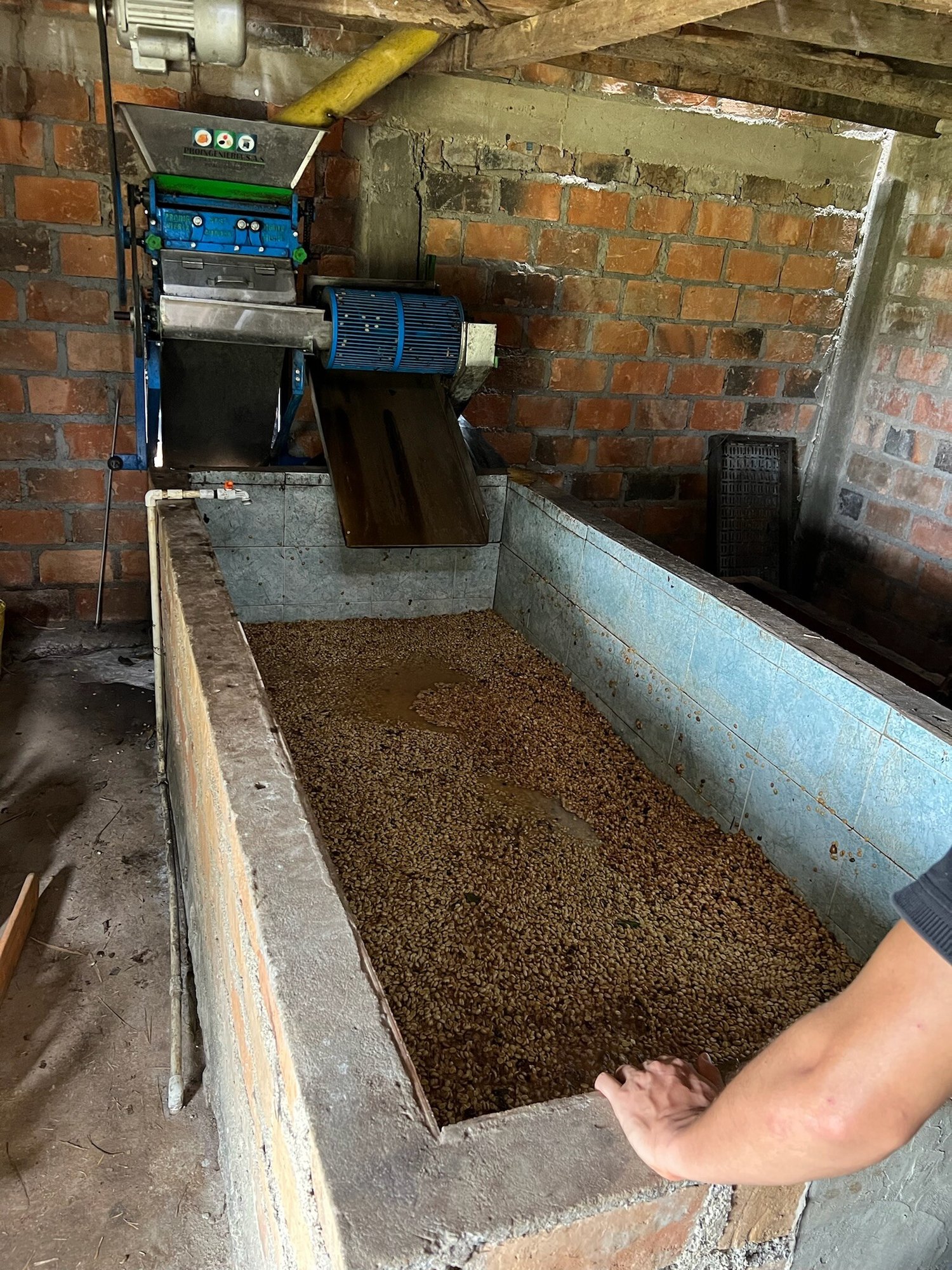
.jpg?width=2000&height=1500&name=IMG_2967%20(1).jpg)





.jpg?width=2000&height=1500&name=IMG_2934%20(2).jpg)

.jpg?width=2000&height=1500&name=IMG_3067%20(1).jpg)

.jpg?width=2000&height=1500&name=IMG_2967%20(1).jpg)
Colombian Producers 2
- Price$4.50-$10
- Country Colombia
- Producer Processing MethodsFully Washed, Anaerobic Natural, Natural
- Producer Quality Range85-89
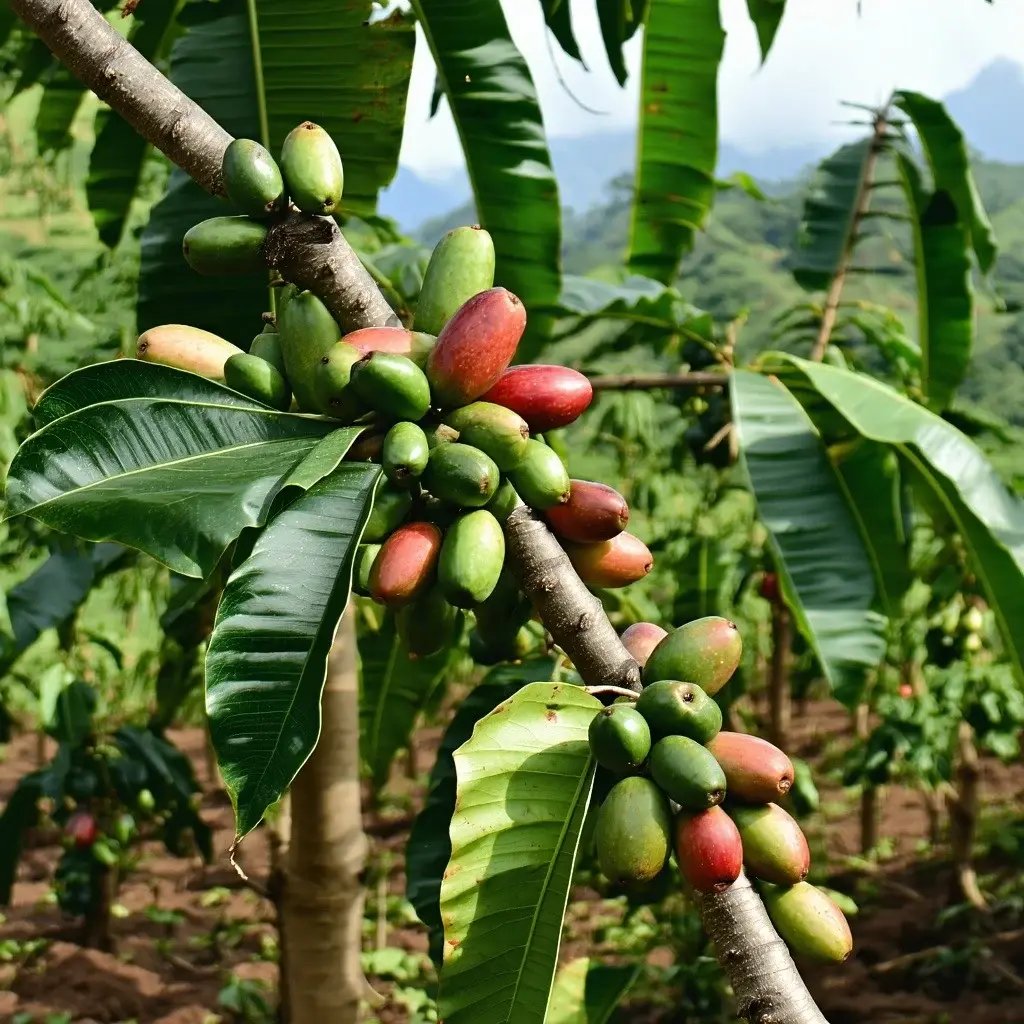
The Natural Canvas for Coffee Perfection
The Colombian Andes split into three distinct mountain ranges as they travel north, creating valleys and highlands that provide perfect conditions for coffee cultivation. These mountains provide the altitude necessary for specialty arabica coffee development, with many farms positioned between 1,200 and 2,000 meters above sea level.
The coffee regions maintain a consistent temperature range between 18°C and 24°C year-round.
Many growing regions benefit from nutrient-dense volcanic soil that reduces the need for synthetic fertilizers.
The Andes mountain range supplies fresh water that flows through various drainage basins, including the important coffee regions of Cauca, Magdalena, and Nariño.
Sustainable Farming
Direct Source Relationships
Producers - Heart of Colombia’s Coffee
At the heart of Colombia's coffee story are the producers themselves—over 563,000 families cultivating coffee across 588 municipalities in 20 departments. Unlike the large plantation model found in some coffee-producing countries, Colombian coffee production is predominantly characterized by smallholder farmers.
Generational farming, hand harvesting, careful cultivation and an attitude of quality over quantity set Colombia’s producers apart.
- Sourcing
- Processing
- Delivery
Reach out to sales if you would like to set up a trip. Maniwa Coffee is an anchor producer in Colombia with a wide range of regional blends and producer-led microlots and estate options.
Although you can find experimental (anaerobic) processes being used, the widest selections of microlots are typically fully washed or naturally processed. Colombia is well known for qualities of berries, caramel, with a creamy or buttery mouthfeel.
Colombia is harvesting nearly all year round. Review the harvest calendar to see when each region in Colombia is harvesting.
Discover our Colombian Coffee Offerings
For coffee roasters, having a trusted partner who understands the nuances of Colombian coffee regions provides confidence in sourcing decisions. For producers, reliable relationships offer pricing stability and the opportunity to showcase their coffee's unique qualities.
Colombia: A Tapestry of Specialty Coffee Excellence
Colombia's reputation in the coffee world stands as one of unparalleled excellence and diversity. While many coffee enthusiasts recognize Colombia for its consistent quality and iconic branding, the true story of Colombian coffee excellence runs much deeper than marketing campaigns or volume production.
The Natural Canvas for Coffee Perfection
Colombia possesses a rare combination of geographical blessings that create an ideal environment for coffee cultivation. Nestled between the equator and 11° north latitude, Colombia's coffee regions benefit from a unique tropical climate moderated by impressive mountain ranges that create various microclimates across the country.
The Colombian Andes split into three distinct mountain ranges as they travel north, creating valleys and highlands that provide perfect conditions for coffee cultivation. These mountains provide the altitude necessary for specialty arabica coffee development, with many farms positioned between 1,200 and 2,000 meters above sea level.
What makes Colombian growing conditions truly special is the combination of:
- Optimal temperature stability: The coffee regions maintain a consistent temperature range between 18°C and 24°C year-round.
- Abundant rainfall: Most regions receive approximately 2,000mm of annual rainfall, perfectly distributed throughout growing seasons.
- Volcanic soil richness: Many growing regions benefit from nutrient-dense volcanic soil that reduces the need for synthetic fertilizers.
- Natural shade and canopy: The country's lush rainforests and diverse ecosystems provide natural protection for coffee plants.
- Mountain water sources: The Andes mountain range supplies fresh water that flows through various drainage basins, including the important coffee regions of Cauca, Magdalena, and Nariño.
These environmental conditions allow coffee cherries to develop slowly, enhancing their natural sweetness, acidity, and aromatic compounds—the hallmarks of exceptional specialty coffee.
The Guardians of Quality: Colombia's Coffee Farmers
At the heart of Colombia's coffee story are the producers themselves—over 563,000 families cultivating coffee across 588 municipalities in 20 departments. Unlike the large plantation model found in some coffee-producing countries, Colombian coffee production is predominantly characterized by smallholder farmers.
The average Colombian coffee farm spans just 2 hectares, with most farms being family-owned and operated for generations. This small-scale approach offers distinct advantages:
- Careful cultivation: Smallholder farmers can provide meticulous attention to their plants, from proper pruning to precise cherry selection.
- Hand-harvesting: Most Colombian coffee is selectively hand-picked, ensuring only optimally ripe cherries are processed.
- Generational expertise: Coffee-growing knowledge is passed down through families, preserving traditional methods while incorporating new techniques.
- Quality over quantity: Smaller producers often prioritize quality improvements over maximum volume production.
This human-centered approach to coffee cultivation represents a deep connection between the farmer and their crop—a relationship built on pride, tradition, and commitment to excellence.
Regional Diversity: A Mosaic of Flavors
Colombian coffee cannot be described as having a single flavor profile. The country's vast size and topographical variation create distinct growing regions, each producing coffee with unique characteristics. Colombia can be broadly divided into five main coffee-growing zones:
The North Zone
Departments: Santander, Norte de Santander, La Guajira, Magdalena, Cesar
Key characteristics:
- Single dry season (December-March) and wet season (April-November)
- October/November harvest
- Coffee often exhibits pronounced body with chocolate notes and lower acidity
- The Sierra Nevada de Santa Marta mountains produce coffees with nutty characteristics and traditional organic cultivation methods
The Central North Zone
Departments: South of Antioquia, Boyacá, Caldas, Risaralda, Quindío, North of Valle del Cauca
Key characteristics:
- Two harvests per year (primary: October-December, secondary: May-June)
- Includes the famous "Coffee Triangle" or "Eje Cafetero"
- Produces the classic "Colombian coffee" profile with medium-high body, bright acidity, and caramel sweetness
- Antioquia is the second-largest coffee-producing department in the country
The Central South Zone
Departments: Cundinamarca, North of Tolima
Key characteristics:
- Two equal harvests per year (May-June and October-November)
- Similar climate patterns to Central North but with unique microclimates
- Known for balanced profiles with pronounced sweetness
The South Zone
Departments: Nariño, Cauca, Huila
Key characteristics:
- Single harvest season (April-June)
- Proximity to the equator allows for higher-altitude cultivation
- Known for exceptional specialty coffees with bright acidity and complex flavor profiles
- Huila received Denomination of Origin status in 2013
- Pronounced fruity notes, intense aromas, and caramel sweetness characterize these coffees
The Eastern Zone
Departments: Arauca, Casanare, Meta, Caquetá
Key characteristics:
- Smaller production zone with developing coffee infrastructure
- Climate patterns similar to the North Zone but with higher rainfall
- Emerging specialty coffee region with considerable growth potential
This regional diversity ensures that coffee enthusiasts can discover a wide spectrum of flavor experiences within Colombian coffee, from the chocolate-forward profiles of Santander to the bright, fruit-forward cups of Huila.
Processing Traditions and Innovation
While Colombian coffee is traditionally processed using the washed method, producing clean and bright flavor profiles, the country's coffee sector has begun embracing alternative processing techniques to showcase different aspects of the coffee:
Washed Process: The standard approach involves removing the coffee cherry's skin and pulp before fermentation and washing, resulting in clean, bright cups with pronounced acidity and clarity.
Natural Process: Some producers now experiment with this method where the entire cherry is dried with the bean inside, imparting fruity sweetness and creating more body in the cup.
Honey Process: This intermediate approach, where some mucilage remains on the bean during drying, creates a balance between the clean profile of washed coffees and the sweetness of naturals.
Extended Fermentation: Innovative producers are exploring controlled extended fermentation periods to develop complex fruit notes and enhanced sweetness.
This willingness to experiment while maintaining a foundation of quality represents Colombia's evolving approach to specialty coffee production.
Challenges and Resilience
Despite its historical success, Colombian coffee production faces significant challenges:
Climate Change: Rising temperatures force coffee cultivation to higher elevations, while unpredictable rainfall patterns disrupt flowering and harvesting cycles.
Market Volatility: Coffee price fluctuations on the global market can profoundly impact smallholder farmers' livelihoods.
Infrastructure Limitations: Remote growing regions often struggle with transportation challenges that can affect coffee quality.
Generational Transition: As younger generations leave rural areas for urban opportunities, the continuity of family farming traditions becomes uncertain.
However, Colombian coffee farmers demonstrate remarkable resilience through these challenges. Many are adapting by implementing climate-smart agricultural practices, pursuing specialty certification, forming producer associations for greater market access, and diversifying income sources through activities like coffee tourism.
The Path to Your Cup: Selecting Colombian Specialty Coffee
For coffee enthusiasts seeking truly exceptional Colombian coffees, consider these guidelines:
Seek Traceability: Look beyond "Colombian" as a descriptor and search for specific regional information, farm names, or producer groups.
Consider Harvest Timing: Colombian coffees from different regions arrive at different times of the year due to varied harvest seasons.
Explore Processing Methods: While washed processing dominates, natural and honey-processed Colombian coffees offer unique flavor experiences.
Appreciate Varieties: While many farms grow disease-resistant Castillo, those seeking unique flavor experiences might look for traditional varieties like Bourbon, Typica, Caturra, or Tabi.
Look Beyond Scores: While high cupping scores often indicate quality, personal taste preferences should guide selection—whether you prefer the chocolate-forward coffees of Santander or the fruit-forward profiles of Huila.
Support Fair Pricing: Quality coffee requires investment at every stage of production. Paying fair prices supports sustainable practices and producer livelihoods.
The Future of Colombian Specialty Coffee
Colombia's coffee sector continues to evolve, with increased focus on:
Quality Differentiation: Moving beyond volume production toward unique, traceable, high-quality lots.
Environmental Sustainability: Implementing shade-growing methods, water conservation, and organic farming practices.
Producer Empowerment: Creating direct trade relationships that offer better prices and long-term security for farmers.
Consumer Education: Helping coffee drinkers understand the story behind their cup and the value of specialty coffee.
These developments point toward a future where Colombian coffee excellence continues to flourish, offering ever more diverse and exceptional coffee experiences for enthusiasts worldwide.
Bridging the Gap: From Farm to Roaster
Building meaningful relationships between coffee producers and roasters requires overcoming numerous challenges, including language barriers, logistical complexities, and market access limitations. By establishing transparent partnerships that connect these essential ends of the coffee supply chain, both producers and roasters can thrive.
For coffee roasters, having a trusted partner who understands the nuances of Colombian coffee regions provides confidence in sourcing decisions. For producers, reliable relationships offer pricing stability and the opportunity to showcase their coffee's unique qualities.
The result is a coffee ecosystem where quality thrives, tradition is respected, and innovation is encouraged—all culminating in the exceptional cup that makes Colombian coffee truly special.
Colombia's reputation as a producer of outstanding coffee isn't just about volume or marketing—it's about a perfect convergence of natural conditions, human expertise, and a deep cultural connection to coffee cultivation. From the misty mountains of Nariño to the lush valleys of Santander, coffee isn't just a crop but a way of life that produces some of the world's most beloved specialty coffees.
Colombian Coffees 13
- Price4.5
- CountryColombia
- DistrictHuila
- VarietiesCastillo, Caturra, Colombia
- Altitude1600-1750
- Q Score84
- Price6
- CountryColombia
- DistrictHuila
- VarietiesPink Bourbon
- Altitude1750-1800
- Q Score87
- Price6.145
- CountryColombia
- DistrictHuila
- VarietiesCaturra, Pink Bourbon
- Altitude1400-1600
- Q Score84
- Price5.238
- CountryColombia
- DistrictHuila
- VarietiesCastillo, Caturra, Colombia
- Altitude1400-1600
- Q Score85
- Price5.2
- CountryColombia
- DistrictHuila
- VarietiesPink Bourbon
- Altitude1700-1750
- Q Score85
- CountryColombia
- DistrictHuila
- VarietiesOrange Bourbon
- Altitude1850
- Q Score87.5
- CountryColombia
- DistrictAntioquia
- VarietiesCaturra
- Altitude1950
- Q Score87.5
- CountryColombia
- DistrictAntioquia
- VarietiesCaturra Chiroso
- Altitude1950
- Q Score86
- CountryColombia
- DistrictHuila
- VarietiesPapayo Bourbon
- Altitude1900
- Q Score85
- CountryColombia
- DistrictHuila
- VarietiesMaragogipe, Tabi
- Altitude1700
- Q Score85.5
- CountryColombia
- DistrictCaldas
- VarietiesCastillo
- Altitude1760
- Price5.35
- CountryColombia
- DistrictHuila
- VarietiesPink Bourbon
- Altitude1600-1850
- Q Score86.25
- CountryColombia
- DistrictHuila
- VarietiesCastillo
- Altitude1500-1700
- Q Score84.75
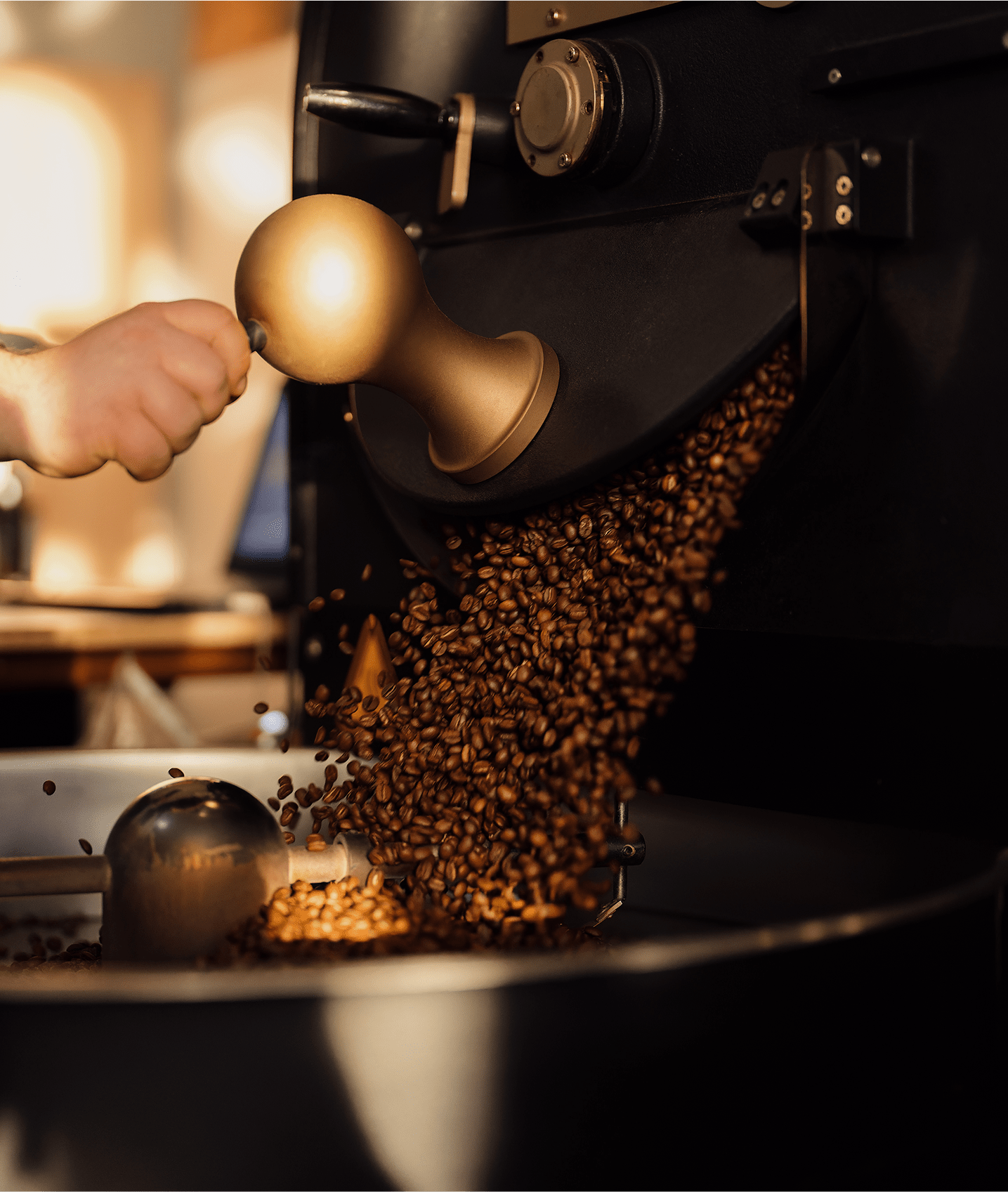
Inquire if you would like to take part in Bridging Tables “Know your farmer” campaigns. We will build your marketing assets to run successful campaigns, helping you to deplete your inventory quicker. You set the budget, we build the campaign, and you make the profit.

